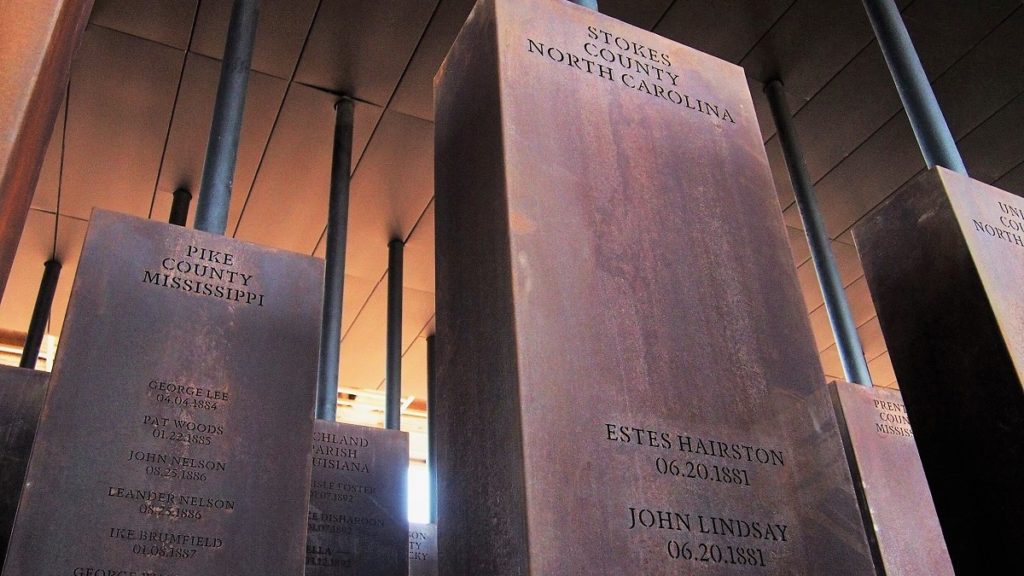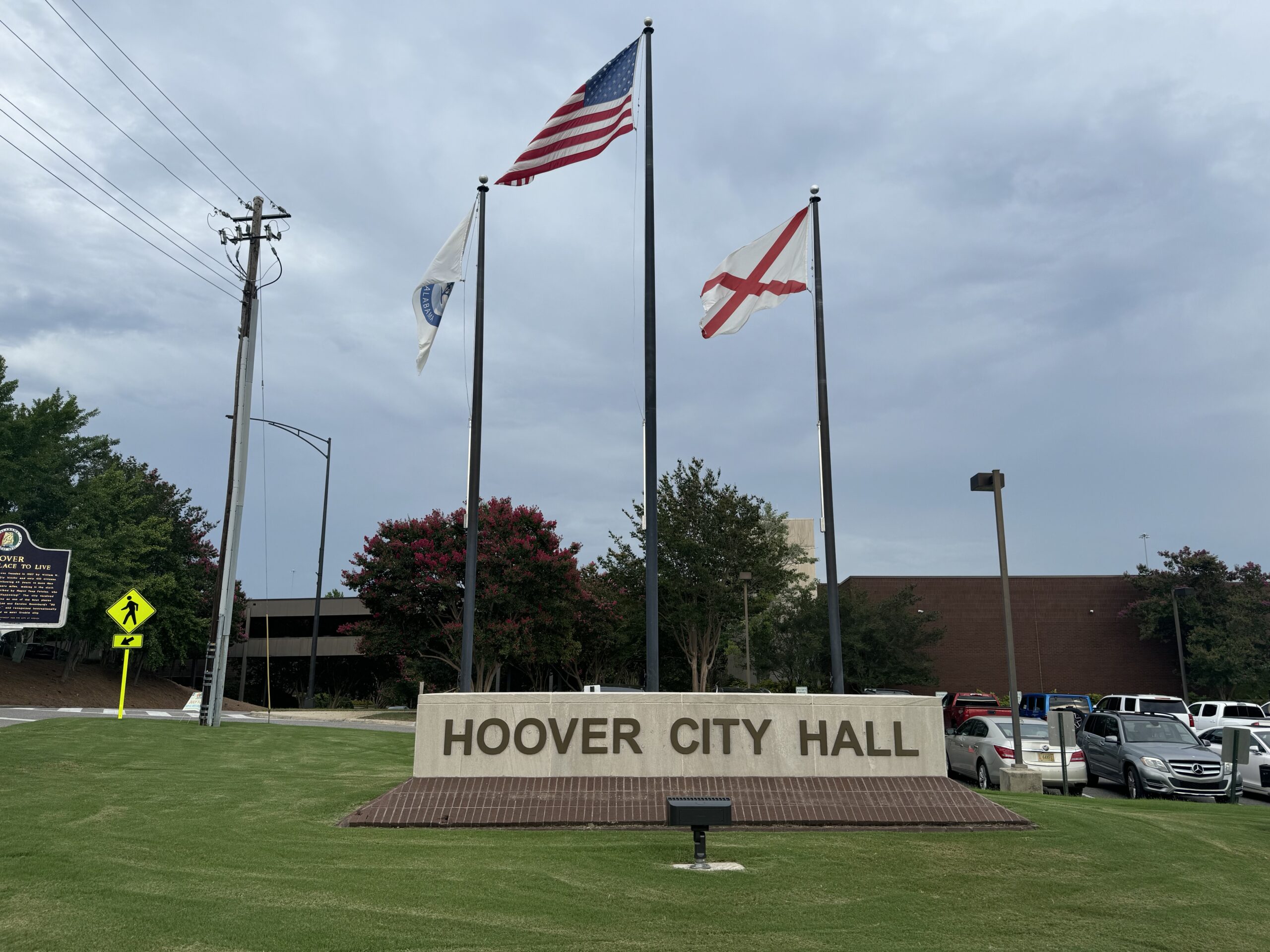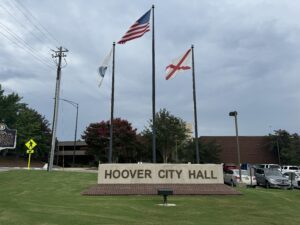The Equal Justice Initiative (EJI) will open two institutions Thursday as part of its work to advance truth and reconciliation around race in America and to confront the legacy of slavery, lynching and segregation.
The openings of the National Memorial for Peace and Justice and the Legacy Museum: From Enslavement to Mass Incarceration will be accompanied by several days of panel discussions and presentations from national civil rights figures. There will also be performances and concerts featuring acclaimed artists and an opening ceremony.
The Montgomery-based EJI litigates on behalf of prisoners who may have been wrongly convicted of crimes, were without effective legal counsel or who may have been denied a fair trial, as well as juveniles prosecuted as adults.
The memorial and museum are designed to promote the just treatment of all people.
“There is still so much to be done in this country to recover from our history of racial inequality,” said EJI Founder and Executive Director Bryan Stevenson. “I’m hopeful that sites like the ones we’re building and conversations like the ones we’re organizing will empower and inspire people to have the courage to create a more just and healthy future. We can achieve more in America when we commit to truth-telling about our past.”
Here are closer looks at the memorial and the museum.
The National Memorial for Peace and Justice
This is the nation’s first memorial dedicated to the legacy of enslaved black people, people terrorized by lynching, African-Americans humiliated by racial segregation and Jim Crow, and people of color burdened with contemporary presumptions of guilt and police violence.
Work on the memorial began in 2010, when EJI staff began investigating thousands of lynchings in the South, many of which had never been documented.
Six million black people fled the South as refugees and exiles as a result of lynchings, and the EJI was interested in understanding not only lynching but the terror and trauma it created in the black community.
This interest led to the 2015 EJI report Lynching in America: Confronting the Legacy of Racial Terror, which documented thousands of lynchings in 12 states. Since its initial release, the original research has been supplemented with data related to lynchings in states beyond the Deep South.
EJI staffers visited hundreds of lynching sites, collected soil and erected public markers in an effort to reshape the cultural landscape with monuments and memorials that accurately reflect history.
For the National Memorial for Peace and Justice, the EJI partnered with artists like Ghanaian native Kwame Akoto-Bamfo, whose sculpture on slavery confronts visitors when they enter the memorial.
From there, text, narrations and monuments to lynching victims take visitors on a journey from slavery through lynching and racial terror. In the center of the site, visitors encounter a memorial square, created with assistance from the MASS Design Group.
The memorial experience continues through the civil rights era, brought to life through a Dana King sculpture dedicated to the women who sustained the Montgomery Bus Boycott. Finally, the memorial journey ends with contemporary issues of police violence and racially biased criminal justice expressed in a work by artist Hank Willis Thomas.
Displayed throughout the memorial are writings from Toni Morrison and words from the Rev. Martin Luther King Jr., and there is a reflection space in honor of pioneering African-American journalist Ida B. Wells. One of the most poignant features is the memorial square, featuring 800 six-foot monuments that symbolize the thousands of racial terror lynching victims in the U.S. and the counties and states where this terrorism took place.

Legacy Museum: From Enslavement to Mass Incarceration
The 11,000-square-foot museum, built on the site of a former warehouse that imprisoned enslaved black people, is midway between a historic slave market and the main river dock and train station where tens of thousands of enslaved people were trafficked during the height of the domestic slave trade.
By 1860, Montgomery was the capital of the domestic slave trade in Alabama, one of the two largest slave-owning states in America.
The Legacy Museum employs technology to dramatize the enslavement of African-Americans, as well as the evolution of racial terror lynchings, legalized racial segregation and racial hierarchy in America.
Relying on rarely seen first-person accounts of the domestic slave trade, the EJI’s research materials, videography, exhibits on lynching and recently composed content on segregation, the museum explores the history of racial inequality and its relationship to a range of contemporary issues, including mass incarceration and police violence.
“Our nation’s history of racial injustice casts a shadow across the American landscape,” Stevenson said. “This shadow cannot be lifted until we shine the light of truth on the destructive violence that shaped our nation, traumatized people of color and compromised our commitment to the rule of law and to equal justice.”
Museum visitors encounter slave-pen replicas, where they can see, hear and get close to what it was like to be imprisoned while awaiting sale at the nearby auction block. First-person accounts from enslaved people narrate the sights and sounds of the domestic slave trade.
Extensive research and videography vividly expose the racial terrorism of lynching and the humiliation of the Jim Crow South. And compelling data-rich exhibits about America’s history of racial injustice and its legacy give visitors the opportunity to investigate the dynamic connections across generations of Americans affected by the narrative of racial difference.
The Legacy Museum houses the nation’s most comprehensive collection of data on lynching. It also presents previously unseen archival information about the domestic slave trade brought to life through new technology. As a physical site and an outreach program, the facility is an engine for education about the legacy of racial inequality.
To read more about EJI, click here.
Republished with the permission of Alabama Newscenter.
Related
Share via:














